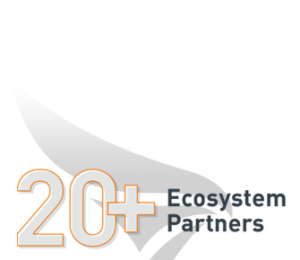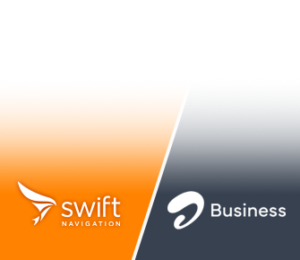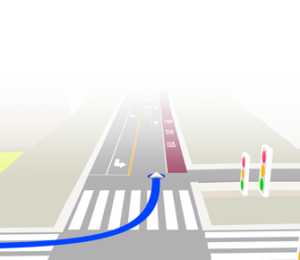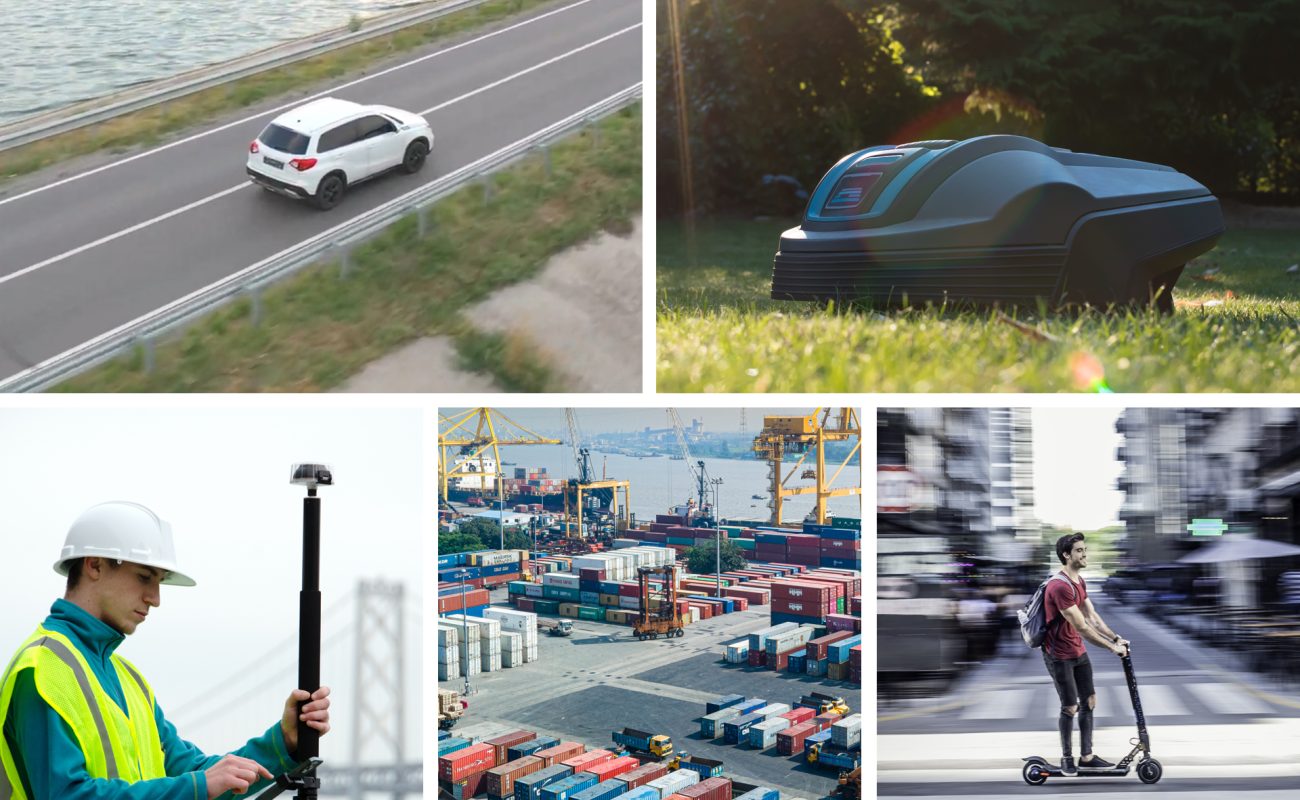In 2025, the demand for precise location intelligence is driving a significant transformation across various sectors. Cloud-based GNSS correction services are at the forefront of this revolution, elevating the accuracy of traditional GPS from 5-10 meters to as little as 2 cm. This enhanced positioning capability is no longer confined to specialized fields but is becoming a fundamental tool for innovation in industries ranging from automotive to mobile applications.
This widespread adoption is fueled by the increasing need for automation, enhanced safety, and sophisticated location-based services. As businesses strive for greater efficiency and seek to develop cutting-edge solutions, reliable and highly accurate positioning provided by GNSS correction services is proving to be an indispensable asset.
Here are five key industries that are experiencing substantial benefits from the integration of cloud-based GNSS correction services in 2025.
1. Automotive
The automotive industry is undergoing a profound shift towards advanced driver-assistance systems (ADAS) and fully autonomous vehicles. For these technologies to operate safely and effectively, precise, real-time positioning is paramount. Achieving lane-level accuracy is crucial for features like autonomous lane keeping, safe overtaking maneuvers, and seamless navigation.
However, the development of robust autonomous systems faces several pain points. High costs associated with complex sensor suites, limitations in the coverage of local positioning infrastructure, and the challenges of integrating positioning solutions across diverse hardware and software platforms are significant hurdles. Many systems also rely on highly detailed HD maps, which are expensive to produce, difficult to update in real time, and often lack full coverage in rural or rapidly evolving urban environments.
Cloud-based GNSS correction services help reduce this dependency by delivering always-available, real-time positioning that remains reliable even when map data is outdated or unavailable. These correction services complement perception sensors like LiDAR, radar, and cameras, and thrive in feature-sparse environments where perception-based sensors struggle—creating a more reliable and redundant autonomy stack. This precise spatial awareness paves the way for safer and more efficient transportation by enabling autonomous systems to not only interpret their surroundings but also understand where they are in space, allowing them to react with greater accuracy.
Key Benefits:
- Delivering cost-effective lane-level accuracy, reducing the reliance on expensive localization hardware in ADAS and autonomous systems.
- Enhancing positioning reliability in sensor-challenged conditions, such as inclement weather or low-feature environments, where cameras and LiDAR struggle.
- Minimizing the need for HD maps by providing real-time, high-accuracy positioning that remains reliable even when maps are outdated, incomplete, or unavailable.
- Enabling global scalability of autonomous solutions through cloud-delivered corrections.
2. Robotics and Drones
The realm of robotics and drones is rapidly expanding, with autonomous systems being deployed in diverse applications such as agriculture, logistics, construction, and delivery services. A fundamental requirement for these autonomous machines is the ability to navigate dynamic environments safely and efficiently without human intervention. This necessitates precise location awareness, where centimeter-level accuracy transforms these robots from remotely controlled tools to truly autonomous agents.
A significant pain point in deploying autonomous robots and drones is the reliance on costly local base stations and fragmented Real-Time Kinematic (RTK) networks, which often lack consistent coverage and scalability. Cloud-based GNSS correction services overcome these limitations by delivering high-accuracy positioning through a scalable and easily integrable cloud architecture. This eliminates the need for local infrastructure and provides consistent centimeter-level accuracy across vast operational areas, ensuring reliable and safe autonomous navigation for field robots and unmanned aerial vehicles (UAVs).
Key Benefits:
- Enabling autonomous navigation without the need for local infrastructure, allowing robots and drones to operate safely across backyards, farms, construction sites and delivery routes.
- Providing consistent centimeter-level accuracy over large, varied environments, including remote, rural, and infrastructure-poor regions, through wide-area cloud delivery.
- Eliminating the complexities and costs of deploying on-site base stations, streamlining setup and maintenance while improving scalability.
- Offering affordable and scalable precise positioning through a cloud-based architecture and simplified integration across various platforms.
3. GIS Mapping
Geographic Information Systems (GIS) are essential tools for a growing range of industries, including utilities, construction, and surveying. The adoption of GIS is expanding rapidly due to the increasing availability of spatial data, advancements in computing power, and the need for data-driven decision-making. These systems enable the capture, storage, analysis, and visualization of spatial data, supporting critical tasks such as infrastructure management and land development. A fundamental requirement for accurate and reliable GIS data is precise positioning. However, field teams have traditionally faced challenges in achieving consistent, high-accuracy GPS positioning across large operational areas. This often involves piecing together multiple regional Real-Time Kinematic (RTK) services, managing numerous subscriptions, and dealing with coverage gaps and inconsistent accuracy. Furthermore, reliance on costly and complex equipment designed for specialized surveyors has been a significant barrier to wider adoption of high-accuracy GPS in GIS applications.
Cloud-based GNSS correction services are revolutionizing GIS mapping by providing reliable 1-2 cm accuracy with an exceptional price-to-performance ratio and broad interoperability. These services make high-accuracy GPS accessible to both field workers and GNSS receiver original equipment manufacturers (OEMs). This eliminates the need for extensive expertise and costly survey-grade tools, offering centimeter-level precision with minimal training. Unlike fragmented RTK networks and free government services, cloud-based corrections provide consistent, real-time accuracy across large service areas. This affordable and scalable solution removes the burden of managing base stations and hidden costs, empowering GIS professionals to capture precise spatial data efficiently and effectively.
Key Benefits:
- Achieving high accuracy with low complexity, requiring minimal training and eliminating the need for costly survey-grade tools.
- Ensuring consistent, real-time accuracy across extensive service areas.
- Providing an affordable and scalable solution without the need for base stations or hidden operational costs.
- Enhancing the end-user experience with reliable precision that’s trusted by GNSS receiver OEMs.
4. Logistics and Fleet Management
Effective tracking of high-value assets, such as construction machinery, shipping containers, and freight wagons, is essential for minimizing costs and maximizing operational efficiency in the logistics sector. However, traditional GPS tracking often lacks the precision required for tasks that demand high accuracy, such as determining the exact position of trailers during loading and unloading or ensuring worksite safety. This lack of precision can lead to costly errors, including misdeliveries, incorrect shipments, and delays that disrupt operations.
Cloud-based GNSS correction services address these pain points by providing the centimeter-level accuracy needed for precise asset positioning. This enables businesses to position trailers and wagons accurately at loading bays, reducing delays, returns, and spoilage costs. Additionally, the enhanced precision prevents costly misdeliveries and incorrect shipments, particularly at the first and last mile, ensuring goods arrive exactly when and where they’re needed. The improved accuracy also enhances geofencing of hazardous zones, preventing unauthorized access and improving overall compliance.
Key Benefits:
- Ensuring precise asset positioning at the first and last mile, preventing costly misdeliveries and ensuring goods arrive exactly where and when they’re needed.
- Minimizing operational disruptions by reducing delays and incorrect shipments through accurate positioning during loading, unloading, and at key transit points.
- Enhancing safety and regulatory compliance with accurate geofencing of hazardous zones, ensuring unauthorized access is prevented and safety standards are met.
- Reducing costs associated with theft and loss of high-value assets with real-time, centimeter-accurate location data.
5. Micromobility
The micromobility sector has emerged as a breakthrough in urban transportation, encompassing a range of shared vehicles like e-scooters and bikes. These services offer convenient and eco-friendly alternatives for short-distance travel, addressing the growing need for efficient urban mobility solutions. However, the effective operation of micromobility services is heavily dependent on precise location information to ensure regulatory compliance, operational efficiency, and user satisfaction. Standard GPS accuracy often falls short in providing the level of detail required for tasks such as enforcing parking restrictions, guiding users to pick-up/drop-off locations, and tracking fleet assets.
Cloud-based GNSS correction services offer essential solutions to these challenges. They enable precise geofencing, which is crucial for enforcing location-based restrictions such as limiting speed in pedestrian zones, ensuring compliance with city ordinances, and accurately managing parking. These precise positioning capabilities not only simplify the pick-up and drop-off process by providing detailed guidance on vehicle locations, thereby improving the user experience, but also minimize the impact of micromobility services on the general public by ensuring vehicles are parked in designated areas. Furthermore, they enhance fleet visibility, allowing operators to accurately track their assets, this reduces the recovery costs associated with stolen, abandoned, or misplaced vehicles. The result is reduced customer friction, fewer penalties for non-compliance, and improved profitability for micromobility operators.
Key Benefits:
- Enabling precise geofencing to implement location-based restrictions, ensuring adherence to parking regulations and minimizing unauthorized parking.
- Improving the user experience by ensuring vehicles are parked in designated areas, making scooters easier to locate and access.
- Facilitating regulatory approval and accelerating service adoption by demonstrating compliance with local laws and standards.
- Reducing operational costs and boosting profitability by enhancing fleet visibility, streamlining maintenance, and lowering vehicle recovery costs.
Skylark: The Future of Precise Positioning
Cloud-based GNSS correction services are undeniably transforming industries by providing the high-accuracy positioning needed for advanced applications and increased operational efficiency. Skylark™ Precise Positioning Service from Swift Navigation stands at the forefront of this revolution, offering a globally scalable solution for real-time, centimeter-level accuracy.
Skylark distinguishes itself by addressing key challenges across various sectors:
- Lowering system costs in automotive by reducing the dependency on expensive sensors and infrastructure while achieving ASIL-certified safety.
- Ensuring seamless operation for robotics across continents without the need for local base stations or complex setups.
- Simplifying high-accuracy GIS mapping with an affordable and user-friendly service that empowers field teams and works straight out the box.
- Preventing costly errors in logistics by enabling precise positioning for loading, unloading, and asset tracking.
- Enabling accurate geofencing and fleet tracking in micromobility, improving compliance, visibility, and rider satisfaction.
With its global availability and ability to support millions of connected devices, Skylark is a key enabler for a future where precise positioning is the standard, driving innovation and efficiency across a multitude of industries.
Contact our team to explore how Swift Navigation’s cloud-based GNSS corrections can elevate your operations.





